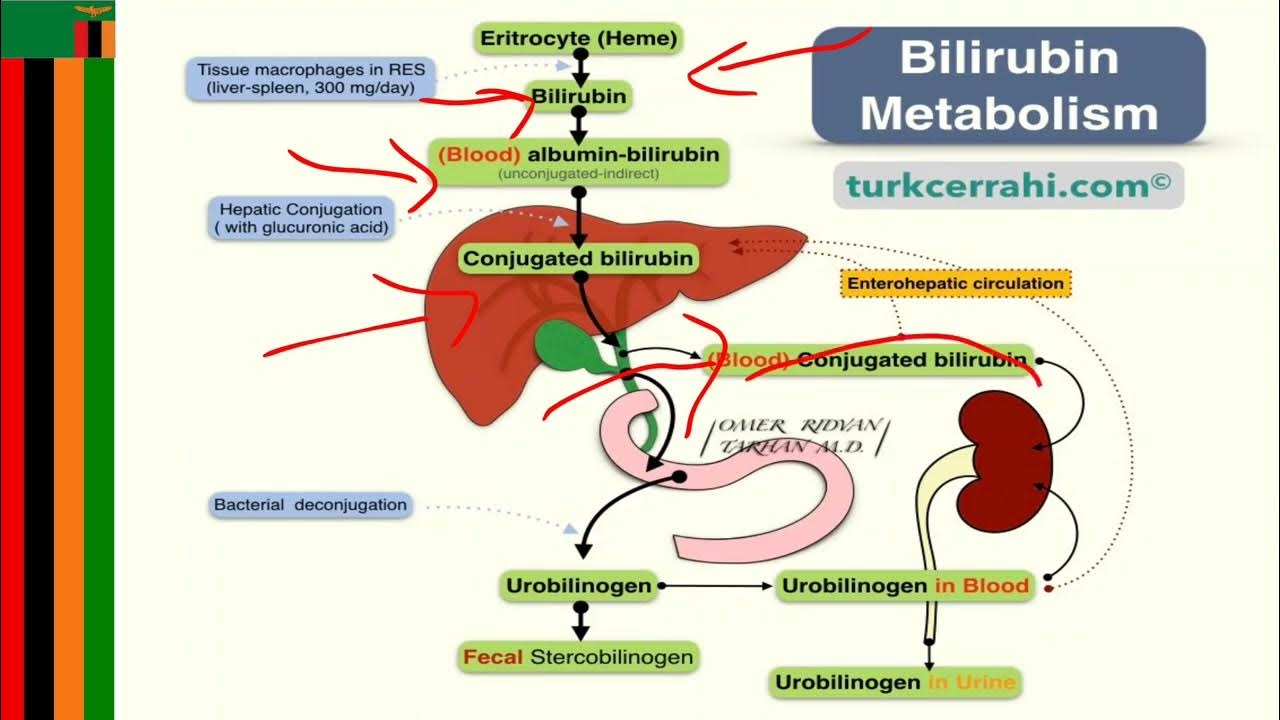
Bilirubin is a yellow compound found in the blood, created during the normal breakdown of red blood cells. Ever wondered why bruises turn yellow or why newborns sometimes look a bit yellow? That's bilirubin at work! This pigment travels to the liver, where it gets processed and eventually excreted. High levels of bilirubin can cause jaundice, a condition where the skin and eyes turn yellow. Understanding bilirubin is crucial for diagnosing liver diseases and blood disorders. In this article, we'll explore 27 fascinating facts about bilirubin, shedding light on its role in our bodies and why it’s so important.
What is Bilirubin?
Bilirubin is a yellow compound that forms during the breakdown of red blood cells. It travels through the bloodstream to the liver, where it gets processed and eventually excreted. Here are some intriguing facts about this vital substance.
-
Bilirubin is a byproduct of heme, a component of hemoglobin in red blood cells.
-
The liver plays a crucial role in converting bilirubin into a form that can be excreted.
-
High levels of bilirubin can cause jaundice, a condition where the skin and eyes turn yellow.
-
Newborns often experience jaundice due to their immature liver function.
-
Bilirubin levels are measured using a blood test called a bilirubin test.
Types of Bilirubin
Bilirubin exists in different forms, each with its own characteristics and significance. Understanding these types helps in diagnosing various health conditions.
-
Unconjugated bilirubin is the form that circulates in the bloodstream before reaching the liver.
-
Conjugated bilirubin is the form that has been processed by the liver and is ready for excretion.
-
Direct bilirubin is another term for conjugated bilirubin.
-
Indirect bilirubin refers to unconjugated bilirubin.
-
Total bilirubin is the sum of both direct and indirect bilirubin levels in the blood.
Bilirubin and Health
Bilirubin levels can indicate various health conditions, making it an essential marker in medical diagnostics.
-
Elevated bilirubin levels can signal liver disease or bile duct obstruction.
-
Low bilirubin levels are rare but can occur in cases of anemia.
-
Gilbert's syndrome is a genetic condition that causes mild increases in bilirubin levels.
-
Crigler-Najjar syndrome is a rare disorder where the liver cannot process bilirubin properly.
-
Bilirubin has antioxidant properties, which can help protect cells from damage.
Bilirubin in Newborns
Newborns often have unique bilirubin-related challenges, primarily due to their developing bodies.
-
Physiological jaundice is common in newborns and usually resolves without treatment.
-
Breastfeeding jaundice can occur if a newborn is not getting enough milk.
-
Phototherapy is a common treatment for newborn jaundice, using light to break down bilirubin in the skin.
-
Kernicterus is a severe form of jaundice that can cause brain damage if untreated.
-
Bilirubin levels in newborns are monitored closely to prevent complications.
Bilirubin and Diet
Diet can influence bilirubin levels, making it a factor to consider in managing health.
-
Foods rich in antioxidants, like fruits and vegetables, can help lower bilirubin levels.
-
Drinking plenty of water aids in the excretion of bilirubin through urine.
-
Avoiding alcohol is crucial for maintaining healthy bilirubin levels, as alcohol can damage the liver.
-
Consuming fiber-rich foods supports liver function and helps in the excretion of bilirubin.
-
Herbal teas, such as dandelion and milk thistle, are believed to support liver health.
Fun Facts about Bilirubin
Bilirubin has some fascinating aspects that go beyond its medical significance.
-
Bilirubin is responsible for the yellow color of bruises as they heal.
-
The yellow pigment in urine and the brown color of feces are due to bilirubin breakdown products.
Bilirubin may seem like a simple compound, but it plays a significant role in our bodies. Understanding its functions and implications can help us appreciate the complexity of human health.
The Final Word on Bilirubin
Bilirubin, a byproduct of red blood cell breakdown, plays a crucial role in our bodies. High levels can indicate liver issues or other health problems, while low levels are generally less concerning. Understanding bilirubin helps in diagnosing conditions like jaundice, Gilbert's syndrome, and liver diseases. Regular check-ups and blood tests can keep bilirubin levels in check, ensuring your liver stays healthy.
Remember, bilirubin isn't just a medical term; it's a key player in your overall well-being. Keep an eye on your health, stay informed, and consult healthcare professionals if you notice any symptoms. Knowledge about bilirubin empowers you to take proactive steps toward a healthier life. Stay curious, stay healthy, and keep learning about the amazing processes happening inside your body.
Was this page helpful?
Our commitment to delivering trustworthy and engaging content is at the heart of what we do. Each fact on our site is contributed by real users like you, bringing a wealth of diverse insights and information. To ensure the highest standards of accuracy and reliability, our dedicated editors meticulously review each submission. This process guarantees that the facts we share are not only fascinating but also credible. Trust in our commitment to quality and authenticity as you explore and learn with us.
